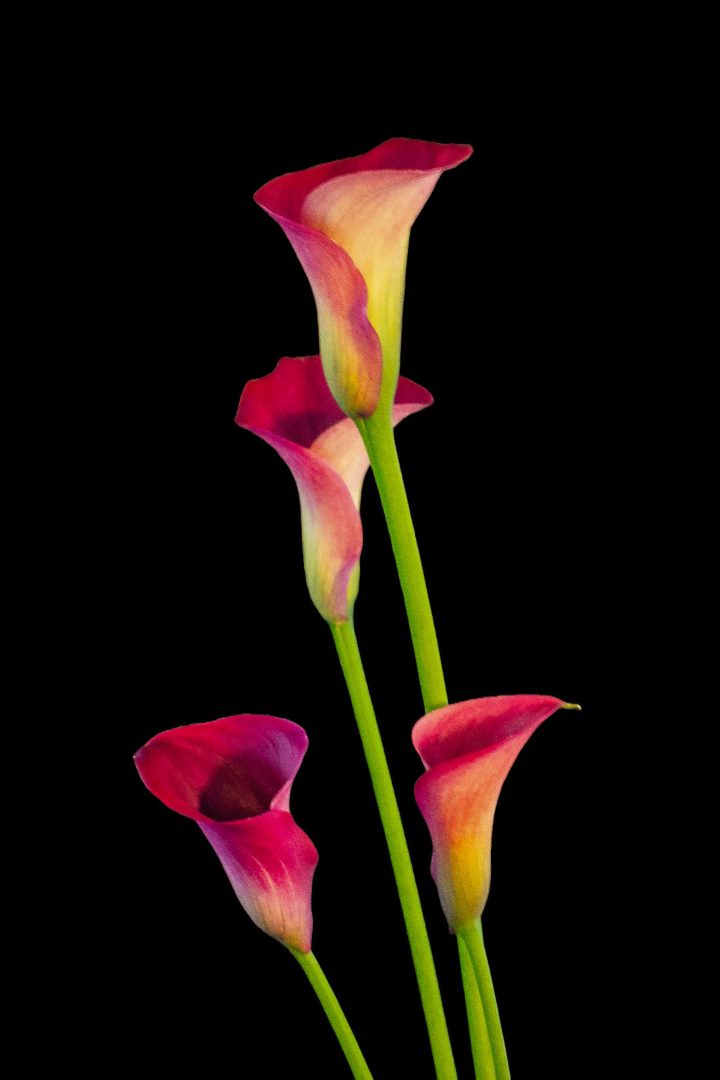Your cart is currently empty!
Calla Lily vs Peace Lily: Unveiling the Differences and Similarities

Introduction
Calla lilies and peace lilies, despite sharing similar appearances, belong to different plant families. One hails from the Araceae family, while the other belongs to the Liliaceae family. This blog post aims to shed light on the subtle distinctions and striking similarities between these two captivating plants.
Physical Appearance
Shape and Structure
Calla Lily: Elegant and sophisticated, calla lilies boast trumpet-shaped “flowers” composed of a large, showy spathe (modified leaf) that envelops a central spadix.
Peace Lily: Peace lilies, on the other hand, feature upright, glossy green foliage that arches gracefully outward. The “flowers” are smaller than those of calla lilies and resemble white or cream-colored sails emerging from the center of the leaves.
Colors
Calla Lily: Calla lilies come in a vibrant array of colors, including white, yellow, pink, purple, and even black.
Peace Lily: Peace lilies primarily bloom in white or cream hues, offering a serene and tranquil presence.
Growth Habits
Height and Spread
Calla Lily: Calla lilies can reach heights of up to 2-3 feet (60-90 cm), with a spread of 1-2 feet (30-60 cm).
Peace Lily: Peace lilies tend to be more compact, growing to heights of about 1-2 feet (30-60 cm) and spreading up to 1 foot (30 cm).
Light Requirements
Calla Lily: Calla lilies thrive in full sun to partial shade.
Peace Lily: Peace lilies prefer low to bright indirect light.
Soil and Water Needs
Calla Lily: Calla lilies favor moist, well-drained soil. They appreciate regular watering but can tolerate slightly drier conditions.
Peace Lily: Peace lilies thrive in moist but not soggy soil. Allow the soil to dry out slightly between waterings to prevent root rot.
Toxicity
It is crucial to note that both calla lilies and peace lilies contain toxic substances called calcium oxalates. These substances can cause irritation or even poisoning if ingested.
Care and Maintenance
Fertilizing
Calla Lily: Fertilize calla lilies regularly during their active growth period (spring and summer) with a balanced liquid fertilizer.
Peace Lily: Peace lilies can benefit from monthly fertilization during their growing season.
Pruning
Calla Lily: Remove spent blooms and yellowing leaves to maintain a tidy appearance.
Peace Lily: Cut back any brown or yellowing leaves to keep the plant looking healthy.
Repotting
Calla Lily: Calla lilies should be repotted every 2-3 years.
Peace Lily: Peace lilies can be repotted every 3-4 years.
Advantages and Disadvantages
Advantages
Calla Lily:
- Elegant and showy blooms
- Variety of colors
- Tolerates various light conditions
Peace Lily:
- Air-purifying qualities
- Low maintenance
- Tolerates low light conditions
Disadvantages
Calla Lily:
- Toxic if ingested
- Can be susceptible to pests
- May become dormant in cooler climates
Peace Lily:
- Can be finicky about watering
- Blooms may not be as showy as calla lilies
- Limited color variety
Conclusion
Calla lilies and peace lilies offer distinct beauty and allure, despite their differences. Understanding their unique characteristics, growing habits, and care requirements will empower you to make informed decisions about incorporating these stunning plants into your indoor or outdoor space. Whether you prefer the dramatic flair of calla lilies or the serene presence of peace lilies, both plants have the potential to enhance your home or garden with grace and charm.








Leave a Reply